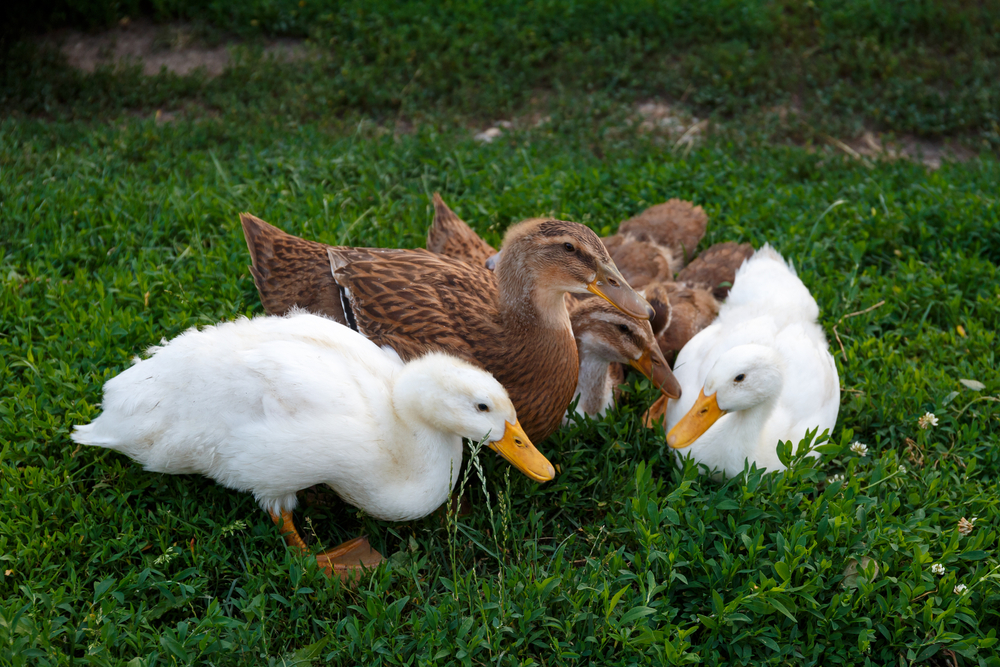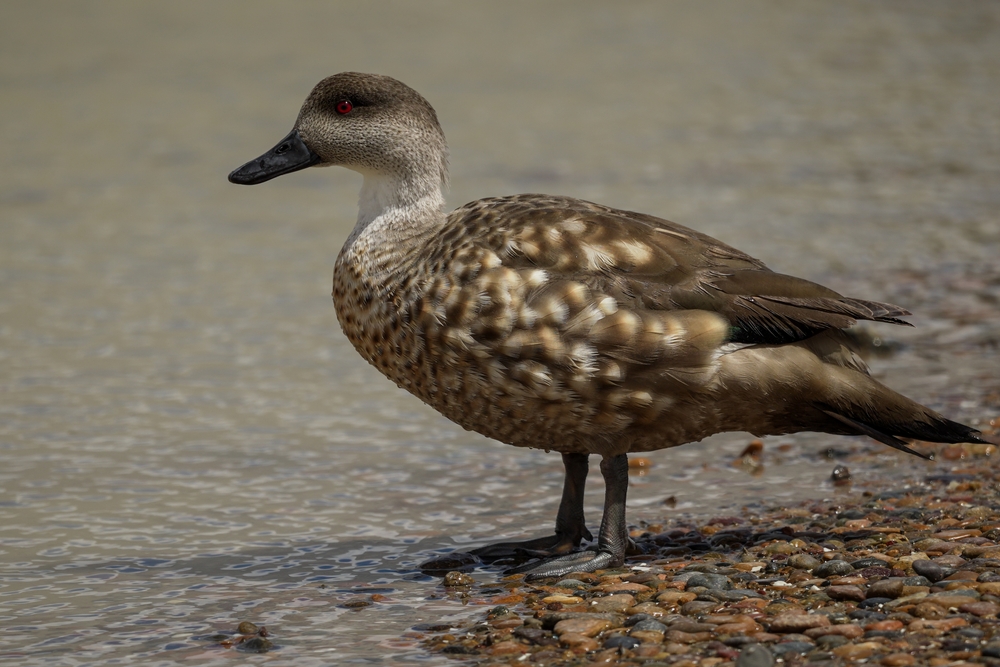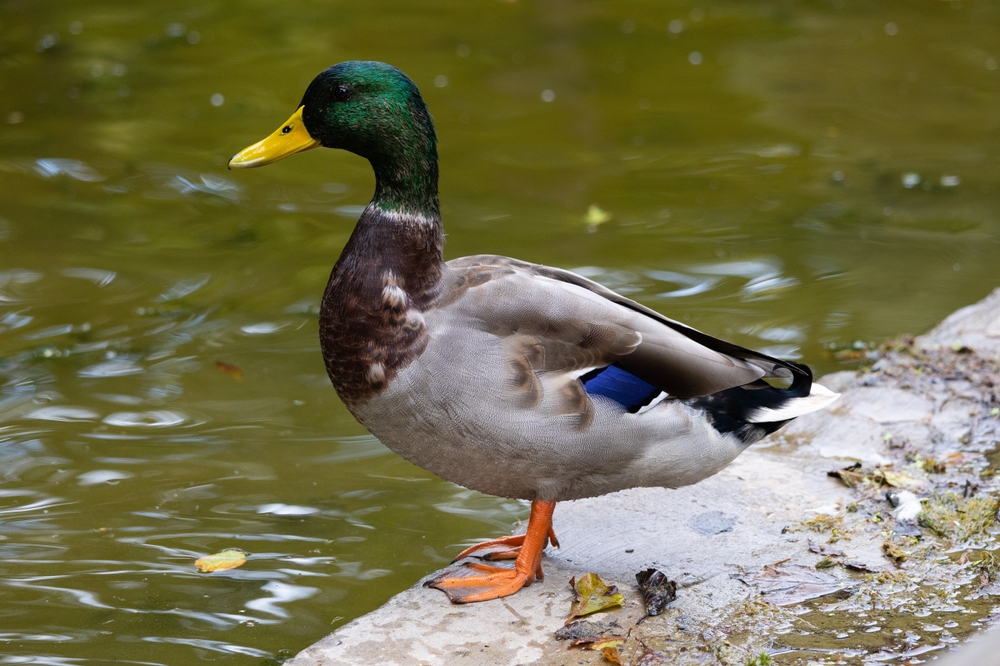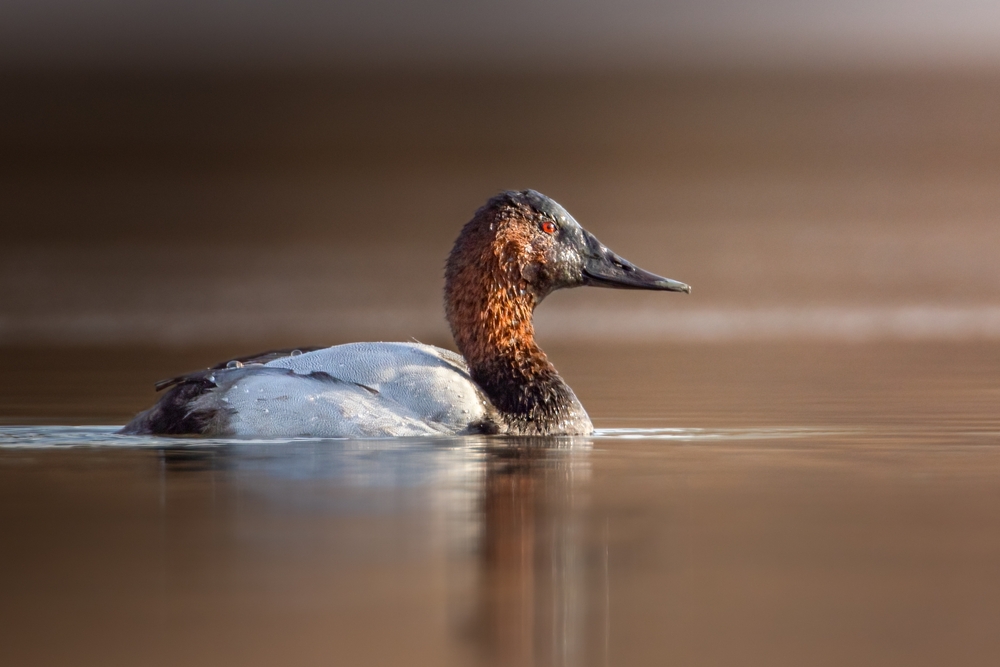All whistling-ducks belong to the genus Dendrocygna, a distinct group within the duck family (Anatidae). Their closest relatives are the true ducks (Anatinae), though they share goose-like traits and are sometimes considered an ancient, intermediate lineage.
About
The Whistling Ducks are a distinctive group of waterfowl belonging to the genus Dendrocygna within the family Anatidae. Unlike most ducks, they share several traits with geese, including long necks, upright posture, and strong social bonds. True to their name, they are best known for their high-pitched whistling calls, which are often heard in flight or when gathered in large flocks.
There are eight species of whistling ducks distributed across tropical and subtropical regions of the Americas, Africa, Asia, and Madagascar. Among the most widespread are the Black-bellied Whistling Duck (Dendrocygna autumnalis) and the Fulvous Whistling Duck (Dendrocygna bicolor), both of which can also be found in the southern United States. These species prefer wetlands, marshes, rice fields, and shallow lakes where food is abundant.
Whistling ducks are medium-sized waterfowl, typically 43–56 cm (17–22 in) long, with long legs and necks, rounded heads, and broad wings. Their plumage varies by species but often includes warm chestnut, rufous, or buff tones, along with bold patches of white or black. Unlike dabbling ducks, they often feed at night, grazing on seeds, grains, aquatic plants, and small invertebrates.
Breeding usually occurs during the rainy season, when wetlands are full. Whistling ducks are cavity or ground nesters depending on species, often using tree hollows or dense vegetation near water. Clutches typically contain 8–15 eggs, and unlike most ducks, both parents share incubation and chick-rearing duties, a trait they share with geese and swans.
Highly gregarious, whistling ducks are frequently seen in large flocks, sometimes numbering in the thousands. Their loud calls, social nature, and elegant appearance make them among the most distinctive and memorable waterfowl of tropical wetlands.
Physical Characteristics
Whistling-ducks (Genus Dendrocygna) are long-legged, long-necked waterfowl with an upright, almost goose-like posture and distinctive whistled calls.
Head & Bill
Rounded head with a fairly long, straight bill of even breadth (not strongly spatulate). Soft-part colors vary by species (e.g., pink, slate, or dark bills), with large, dark eyes giving a gentle expression.
Plumage
Warm earth tones dominate—fulvous, chestnut, rufous, and chocolate—often with clean pale faces or neck stripes and contrasting dark wings. Most species show minimal sexual dimorphism; males and females look alike. Juveniles are duller with softer edging to feathers.
Body & Posture
Slender, low-floating body but an upright stance when alert or walking. Neck proportionally long for a duck, aiding a heron-like scan of marsh edges.
Wings
Long, pointed wings for swift, direct flight. Upperwings typically dark with subtle panels rather than bright specula seen in many dabbling ducks.
Tail
Short and rounded, maintaining a smooth, tapered rear profile on the water.
Legs & Feet
Notably long tarsi set slightly rearward for efficient swimming and confident walking on shore or emergent vegetation. Strong, webbed feet; soft-part color can be striking (e.g., pink or orange in some species).
Voice (signature trait)
High, clear whistles in flight and at rest—carry far over wetlands and give the group its name.
Size (range across species)
-
Length: 15–22 in (38–56 cm)
-
Wingspan: 26–37 in (66–94 cm)
-
Weight: 0.7–2.3 lbs (0.3–1.05 kg)
The combination of long legs, long neck, upright carriage, warm marbled tones, and unmistakable whistles sets whistling-ducks apart from other duck groups.
Reproduction
Whistling-ducks (Dendrocygna spp.) share a broadly similar breeding pattern across species—strong pair bonds, biparental care, and precocial young—with timing keyed to rainfall and rising water levels.
Mating and Courtship
Pairs are monogamous and often long-term. Courtship includes mutual head-bobs, soft whistles, and short chase flights. Unlike many ducks, males and females share most breeding duties.
Breeding Season
Highly rainfall-driven. In the tropics, nesting peaks in the wet season; in temperate/subtropical zones (e.g., Black-bellied and Fulvous in North America), nesting typically runs spring through late summer and may extend with favorable water and food.
Nesting
Sites vary by species and habitat:
-
Cavities / nest boxes / buildings: common for Black-bellied; eggs often laid in tree hollows or boxes near water.
-
Ground nests: a shallow cup in dense grasses, sedges, or crop fields (e.g., rice) is typical for Fulvous.
Nests are lightly lined with down and fine vegetation; concealment near calm, shallow water is typical.
Eggs
Clutches usually 8–16 smooth, glossy white eggs (natural clutches smaller; “dump-nests” can exceed 20–30 eggs when multiple females lay in one nest). Eggs are about 2.0–2.4 in (5–6 cm) long.
Incubation
Both sexes incubate for roughly 24–30 days, alternating stints while the off-duty bird forages nearby. Adults cover eggs when leaving.
Chick Development
Ducklings hatch precocial—downy, eyes open, mobile within hours. Parents lead them to sheltered shallows the day of hatching or the next. Young feed themselves (small aquatic invertebrates, seeds, tender shoots) while both adults provide guarding and brooding.
Fledging and Independence
Fledging occurs about 6–9 weeks after hatch (≈ 42–63 days, species and conditions dependent). Families may join loose creches with multiple broods before dispersing.
Broods per Year & Re-nesting
Typically one brood; pairs frequently re-nest if an early clutch fails and water conditions remain suitable.
Special Notes
Whistling-ducks are famous for conspecific brood parasitism (“egg-dumping”), which inflates clutch sizes. Providing well-placed nest boxes near quiet wetlands benefits cavity-nesting populations and reduces competition for natural hollows.
Lifespan
Whistling-ducks (genus Dendrocygna) are long-lived for medium-sized waterfowl when conditions are stable, but survival varies with rainfall, wetland quality, and predation.
Lifespan in the Wild
Typically 6–10 years for birds that survive their first year. Banding records show teens for some individuals in safe, food-rich wetlands. Juvenile mortality can be high in drought years or where nest predation is intense.
Lifespan in Captivity
With steady nutrition, clean water, space to fly, and veterinary care, many live 12–18 years, occasionally 20+ years.
Threats to Whistling-ducks
-
Habitat loss & hydrology changes: Drainage, damming, and altered flood regimes reduce nesting cover and foraging shallows.
-
Drought & climate variability: Wet-season failures and early drawdowns strand broods and depress recruitment.
-
Hunting & lead exposure: Legal/illegal take in some regions; legacy lead shot or tackle can cause poisoning.
-
Disease & pollution: Avian botulism in warm, stagnant waters; avian influenza; pesticide exposure in rice and other crop systems.
-
Predation & disturbance: Eggs and ducklings taken by snakes, monitor lizards, raccoons, opossums, corvids; adults by raptors and crocodilians.
-
Collisions & urban hazards: Powerlines, vehicles, window strikes near roosts and feeding fields.
Conservation Notes
Protecting large wetland mosaics, managing seasonal water levels, maintaining clean, vegetated shallows, phasing out lead, and placing safe nest boxes (for cavity-nesting species) help whistling-ducks reach their upper lifespan potential.
Eating Habits
Whistling-ducks (Dendrocygna spp.) are omnivorous surface foragers that mix marsh dabbling with field grazing, often feeding in large, vocal flocks.
Diet
Seeds and grains (smartweed, millet, rice, corn), aquatic plants (pondweeds, sedges, bulrush, duckweed), tender shoots and grasses, plus invertebrates—beetles, midges, snails, small crustaceans. Ducklings take proportionally more animal protein.
Foraging Strategy
Primarily dabblers and gleaners. They tip-up in shallow water, pick along muddy margins, and graze in wet meadows and crop fields (rice, sorghum). Short aerial sallies catch small insects over the water.
Feeding Mechanics
Broad bills with fine lamellae sieve seeds and invertebrates from water and soft substrates. Tongue and bill work together to pump water out while trapping edible particles.
Daily Rhythm
Strong crepuscular to nocturnal tendency: most feeding at dawn, dusk, and night—especially where human disturbance is high or days are hot.
Seasonal Shifts
-
Breeding/wet season: more insects, snails, and crustaceans to support egg formation and chick growth.
-
Dry season/nonbreeding: greater reliance on seeds, grains, and tubers; flocks concentrate at remaining wetlands and harvested fields.
Social Feeding
Often forage in tight flocks or mixed groups with other waterfowl. Birds track conspecific calls to locate productive patches and may rotate through favored fields and roosts.
Habitat & Depth
Prefer shallow wetlands with emergent cover—marsh edges, flooded pastures, rice impoundments—generally feeding where tip-ups reach the bottom without diving.
Energy Notes
Long flights between roosts and feeding fields, molt, and breeding raise caloric needs. Clean, shallow water for dabbling and access to safe night feeding areas are key to maintaining condition.
Uniqueness
Whistling-ducks (Dendrocygna spp.) are unlike most “typical” ducks—more goose-like in posture and family life, and famous for voices you hear before you see.
Goose-like stance
Long legs and necks give an upright silhouette on shore and in shallow marshes—distinct from the low, compact look of most dabbling ducks.
Signature whistles
Clear, far-carrying flight calls and contact notes define the group and often reveal flocks moving at dusk or night.
Minimal dimorphism
Males and females look alike in most species—warm earth tones, clean patterns—so behavior, not plumage, usually separates the sexes.
Strong pair bonds
Monogamous pairs with biparental care are the rule—both adults incubate and brood, a rarity among many ducks.
Cavity to grass-cup nests
Nest choices range from tree cavities and nest boxes (e.g., Black-bellied) to ground cups in dense grasses or rice (e.g., Fulvous), showing unusual flexibility.
Crepuscular to nocturnal feeders
Large, vocal flocks lift off at dusk to graze fields or dabble in quiet shallows, returning to day roosts at first light.
Social to the core
Family groups form creches, and big, synchronized flocks wheel low over wetlands—spectacular, coordinated movements tied to rainfall and food.
Rainfall-driven movements
Many populations are nomadic or locally migratory, tracking seasonal floods and temporary marshes rather than fixed flyways.
Perching prowess
Comfortable standing on branches, fences, or building ledges—behavior more “goose-like” than duck-like.
Crop-field specialists
Regular users of rice, sorghum, and corn landscapes; some species thrive in mosaic farm–wetland regions when water is clean and timing is right.
Conservation signal
Because they depend on shallow, seasonally flooded habitats, their numbers and distribution mirror wetland hydrology, water quality, and sustainable rice–wetland management.
Be the First to Share Photos of This Species.
FAQ’s
1. What species is closest to the Whistling-ducks?
2. How do Whistling-ducks compare to other ducks?
They are more upright, long-legged, and long-necked than most ducks, with males and females looking alike. They form strong pair bonds with shared parental care, feed at dusk or night, and advertise themselves with clear whistling calls—unlike the quacks or grunts of other ducks.
3. What national parks provide the best opportunities for seeing Whistling-ducks?
What national parks provide the best opportunities for seeing Whistling-ducks?
-
Everglades National Park (USA) — Black-bellied and Fulvous Whistling-ducks in marshes and rice fields nearby.
-
Pantanal Matogrossense National Park (Brazil) — Huge flocks of Black-bellied Whistling-ducks in floodplain wetlands.
-
Keoladeo National Park (India) — Large wintering concentrations of Fulvous Whistling-ducks.
-
Lake Manyara National Park (Tanzania) — Regular sightings of Fulvous Whistling-ducks in East African floodplains.
-
Doñana National Park (Spain) — Both species occasionally occur in Mediterranean wetlands.







































































